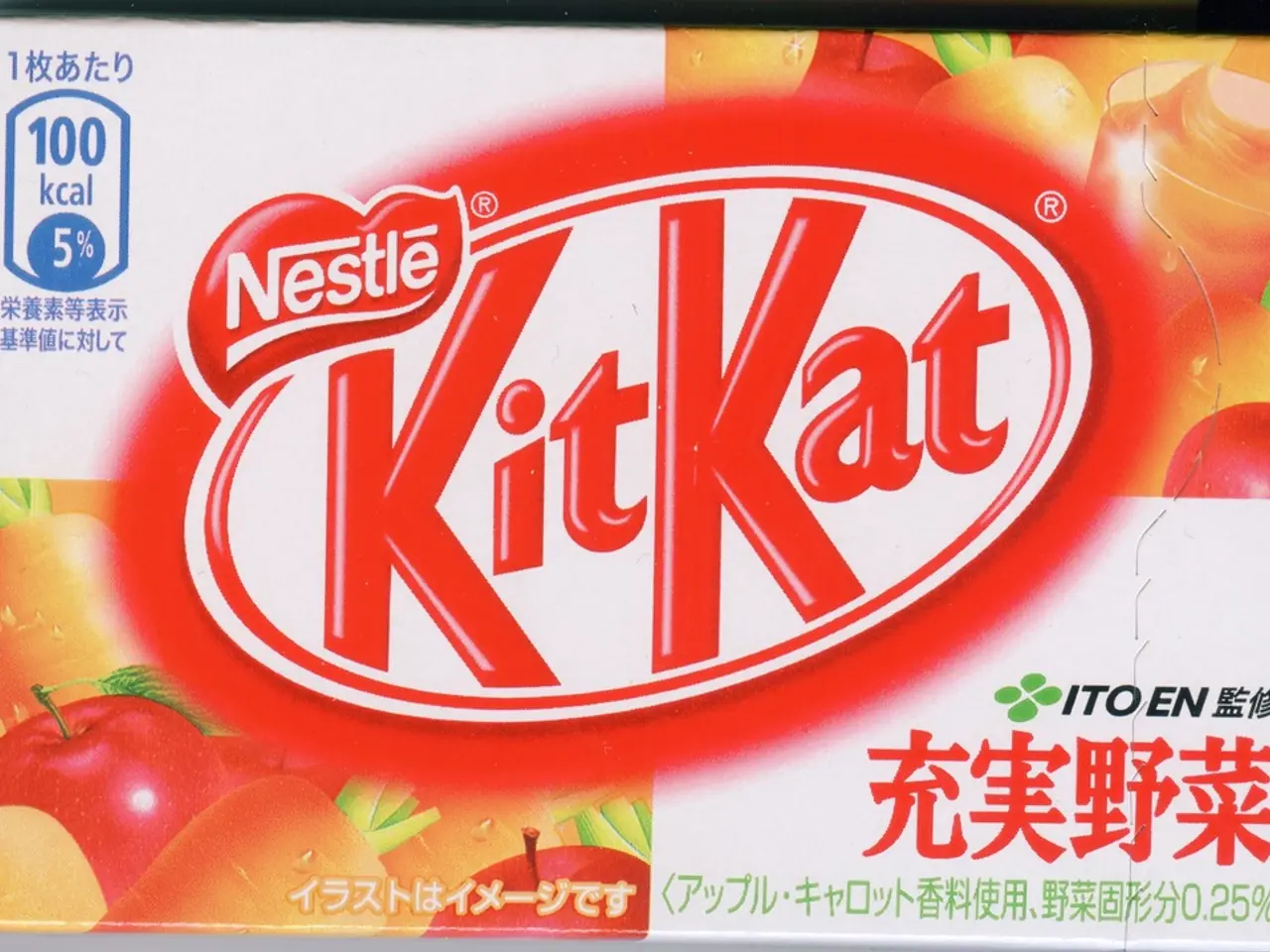Designing a Nutrition Program that Accommodates GLP-1 Medication for Long-term Wellness
Building a sustainable nutrition plan while on GLP-1 therapy is crucial for achieving weight management and improving overall metabolic health. Here are key recommendations to help individuals navigate this journey:
## 1. **Food Groups and Nutrient Density**
Focus on lean proteins, vegetables, whole grains, and healthy fats to create a balanced and nutrient-dense diet. Lean proteins include chicken, turkey, fish, tofu, eggs, and legumes, which support muscle retention and enhance satiety. Vegetables, such as leafy greens, broccoli, and bell peppers, provide essential vitamins and fiber. Whole grains like oats, quinoa, and brown rice offer sustained energy and fiber, while healthy fats from sources like olive oil, nuts, seeds, and oily fish promote heart health.
## 2. **Portion Sizes**
Eating smaller meals and frequent snacks can help manage hunger and ease digestion, which may be slowed due to GLP-1 medications. Portion awareness and mindful eating are key to preventing overeating and minimizing side effects such as bloating and nausea.
## 3. **Hydration**
Staying hydrated is essential for supporting digestion, appetite control, and preventing constipation. The NHS UK recommends 2 to 2.5 liters of fluid daily.
## 4. **Additional Recommendations**
Avoid processed foods that can lead to spikes in blood sugar and contribute to weight gain. Engage in regular exercise, such as strength training, to maintain muscle mass and amplify the benefits of GLP-1 therapy. Use the reduced appetite to explore and address emotional eating patterns through mindfulness and therapy.
Quinoa, with around 8g of protein in five tablespoons, is a great alternative to rice. Three tablespoons of chickpeas contain approximately 8g of protein, making them a suitable substitute for red meat, which is high in saturated fats and should be halved in consumption. Aim for 5 portions of fruit and vegetables a day, with one portion equivalent to roughly 80g of fruit or vegetables. It is recommended to eat two portions of fish a week, one of which should be oily fish like salmon and sardines.
Soya is low in fat and packed with fibre and iron, with 100g of tofu containing 8g of protein. Nuts and seeds are full of fibre and healthy unsaturated fats but should be consumed in moderate amounts due to their high fat content. Oats, quinoa, and wholegrain rice and bread are packed with fibre. Pulses such as baked beans contain 6g of protein per three tablespoons, while lentils contain 9g of protein per three tablespoons.
GLP-1 therapy encourages insulin release, reduces glucose production, slows down food digestion, and suppresses appetite. By following these guidelines, individuals on GLP-1 medications can achieve sustainable weight management and improve overall metabolic health. Always consult with a healthcare provider or a registered dietitian to personalize your nutrition plan.
- Aiming for a balanced diet that includes lean proteins, vegetables, whole grains, and healthy fats can improve overall metabolic health and support weight management during GLP-1 therapy.
- Paying attention to portion sizes and incorporating mindful eating habits can help manage hunger, ease digestion, and minimize side effects such as bloating and nausea while on GLP-1 therapy.
- Staying hydrated is crucial for supporting digestion, appetite control, and preventing constipation, especially during GLP-1 therapy.
- Engaging in regular exercise, such as strength training, can help maintain muscle mass, improve fitness-and-exercise levels, and amplify the benefits of GLP-1 therapy.
- A reduced appetite during GLP-1 therapy can be used as an opportunity to explore and address emotional eating patterns through mindfulness and therapy to promote long-term health-and-wellness.




